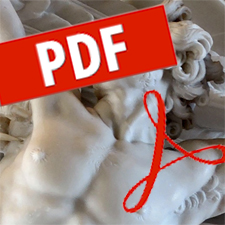Description
By STUART MACDONALD
Patents, as one of the few quantifiable outputs of research, are increasingly being used as an indicator of the less quantifiable—innovation, and the competitiveness that is assumed to spring from innovation—on the grounds that these, too, are outputs of research. The part that patents actually play in innovation has become confused with their representational role. This article steps back from the confusion of what patents do and what patents indicate being done, to examine the nexus itself. In good patent tradition, this can be achieved by means of an indicator—the patent attorney. Increased involvement of the patent attorney in innovation would seem to be a reasonable measure of the intensification of the patent-innovation nexus. On the implications of this intensification, the article merely speculates, though with some consternation. How can the logic of the patent system sustain the argument that information is protected so that it can be disclosed when increased incentive to protect is in conflict with the incentive to disclose? What role is there for creativity and serendipity in an innovation process that is legalistic and litigious? It is even worth considering what value patents retain as indicators when growing acceptance of their association with innovation gives them a value in their own right. Indeed, this value may sometimes be so great that innovation itself is rendered irrelevant.
page: 329 – 343
Prometheus: Critical Studies in Innovation
Volume 15, Issue 3
SKU: 0810-90288632079
